When I was a teenager, my friends and I knew that any argument we had on the phone with a love interest was privy only to anyone within earshot of our families' landlines. If it got ugly, we always knew we could leave the phone off the hook and the badgering would stop.
That was before the dawn of the Internet, cell phones, text messages, and social media. The digital age has made it nearly impossible for teens to tune out the noise and even harder for parents, teachers, and other mentors to hear it.
This is what I think about when I read news stories describing young people falling victim to abusive partners only to have investigators unearth a long history of digital harassment afterward.
The story that got the most media attention in recent years involved two student athletes at the University of Virginia, but there have also been haunting reports involving even younger couples.
In one case, a 16-year-old Pennsylvania girl died after being stabbed 16 times by her ex-boyfriend. Afterward her parents found hundreds of concerning text messages that they never knew about. By then it was too late to save her.
These are two extreme cases, but digital abuse and harassment threatens the psychological and physical well-being of many, many teen boyfriends and girlfriends every day. And the scariest part is that these kids rarely ask anyone for help, even their friends.
How big is the digital abuse problem among teens?
My colleague Meredith Dank and I spent the past two years examining the role technology plays in teen dating abuse. We set out to learn how perpetrators use digital means to hurt their partners, when they do it, and what victims do, or don't do, about it.
Digital abuse and harassment includes having an email or social media account hacked and misused, "sexting" demands, and constant or threatening text messages.
The results show that we have a long way to go. Surveying 5,647 middle-school and high-school students in the tri-state area, we found that more than 1 in 4 dating teens feels they've been digitally victimized by their partners, but only 9 percent seek any help and almost never from their parents and teachers.
Even more, our study told us that this often-undetected form of harassment is a red flag for other abuse:
- 84 percent who reported digital abuse said they were also psychologically abused,
- 52 percent said they were also physically abused, and
- 33 percent said they were also sexually coerced.
How can we fight digital abuse?
We now know that digital abuse is prevalent among teenagers, we know it hurts them, and -- from the news stories I mentioned earlier -- we know it can have fatal consequences. We still need to learn the best ways of fighting it.
We need to determine what makes teens reluctant to report digital abuse and get solid answers to some key questions:
- Have teens come to accept that electronic harassment is just part of growing up?
- If teens are more likely to speak with friends about it, would organizing digital abuse peer groups in school help?
- Could other in-school programming make a difference?
- How involved in a teen's digital life should parents be?
Maybe it starts with an open-ended conversation with kids about using digital media, beginning even before they start using it. Maybe using monthly phone bills to keep track of the number of text messages teens send and receive is a good idea.
We don't have all the answers yet, but we owe it to our kids to keep asking questions about digital abuse and gathering actionable information that can be used to foster healthier, safer, and happier childhoods.
This post originally appeared on Urban Institute's MetroTrends Blog.